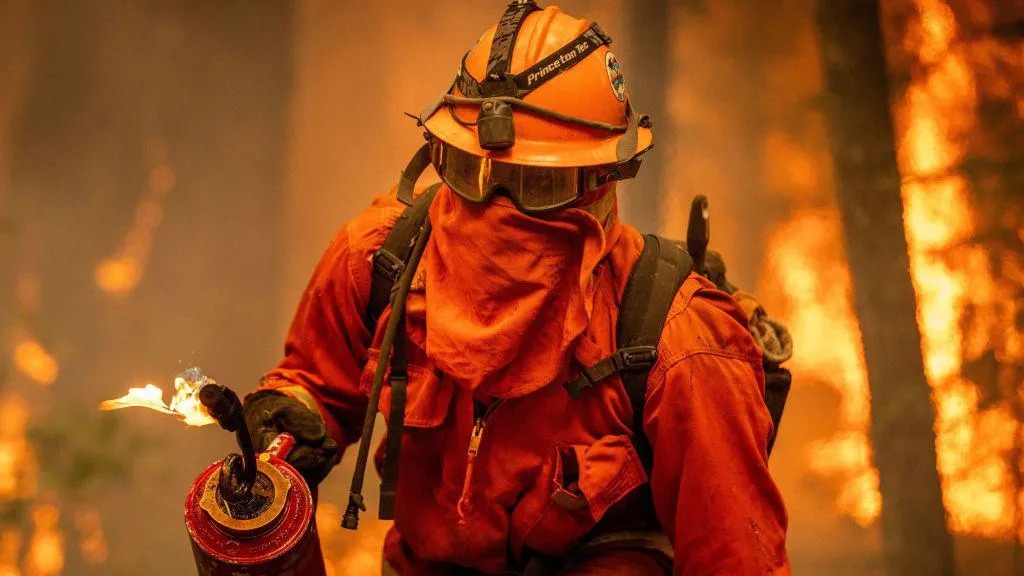
Program Overview
The CDCR’s conservation camps date back to 1946 and include 35 facilities, with two designated for women. Participants earn $5.80 to $10.24 daily, plus $1 for active emergency assignments—a fraction of the $100,000 annual salary earned by professional firefighters. Inmates are also granted sentence reductions for their service, offering a path to faster release.
Despite the potential benefits, critics argue the program exploits cheap labor without offering adequate post-incarceration opportunities. Royal Ramey, a former inmate firefighter and founder of the Forestry and Fire Recruitment Program (FFRP), emphasizes the disparity in pay and recognition. “You’re just cheap labor,” Ramey said.
Barriers After Release
Former inmates often face challenges securing firefighting jobs after their release due to the stigma of incarceration. Ramey’s nonprofit aims to help ex-offenders find employment in the firefighting sector, addressing the workforce shortage in California.
The Impact of California Wildfires
With five major wildfires currently burning, including the Palisades and Eaton blazes, over 7,500 emergency personnel, including the National Guard and firefighters from Canada, have been mobilized. These fires are predicted to be among the most expensive in California’s history.
Rehabilitation or Exploitation?
The debate continues over whether the inmate firefighting program is exploitative or rehabilitative. While it provides critical training and improved living conditions, the low wages and limited post-release opportunities highlight systemic flaws that many argue need urgent reform.
External Link: Read more about the wildfires on BBC
Internal Link: Explore related topics on our blog





